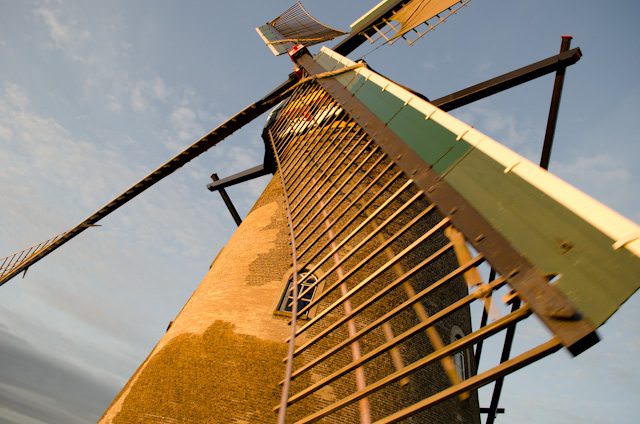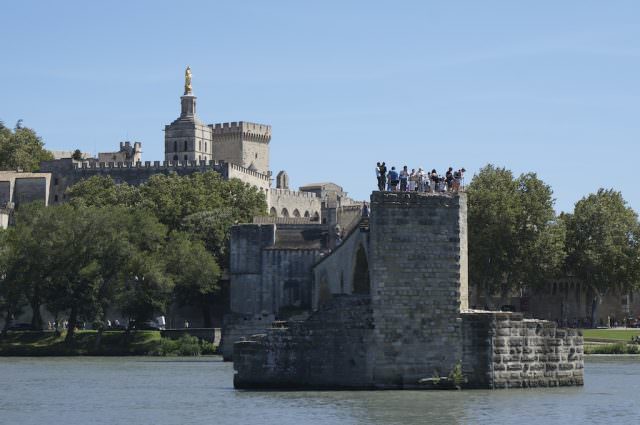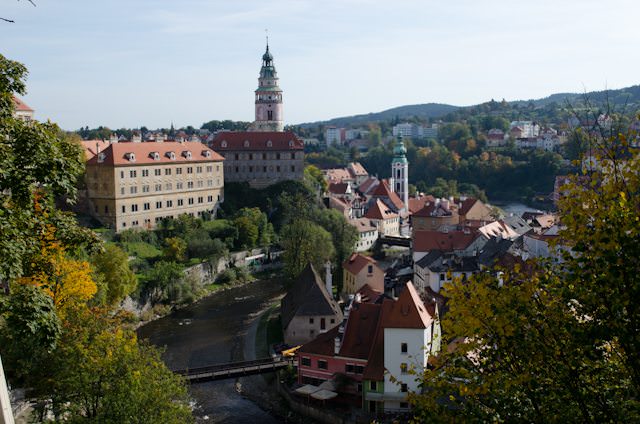If you have a look at almost any river cruise itinerary from any line, chances are you’ll see a bullet-point list of the highlights you can experience on that particular voyage. One noteworthy feature tends to be mentioned frequently, though the majority of cruisers may not understand it at first: UNESCO World Heritage Sites.
Many itineraries feature a collection of UNESCO World Heritage sites as points of pride. But what exactly is a UNESCO World Heritage site?

In 1972, an international treaty was passed calling for the protection and conservation of the world’s most important natural and cultural heritage sites. As of the end of 2013, there were 981 sites listed by UNESCO as having particularly important cultural or physical significance throughout the world. New sites are added each year, and the list is overseen by the World Heritage Committee made up from 21 state parties.
Countries can nominate properties or landmarks for inclusion in the World Heritage Site list, which is then reviewed by the International Council on Monuments and Sites, as well as the World Conservation Union.

Successful nominations must represent at least one of the following ten criteria:
- “represents a masterpiece of human creative genius”
- “exhibits an important interchange of human values, over a span of time, or within a cultural area of the world, on developments in architecture or technology, monumental arts, town-planning, or landscape design”
- “bears a unique or exceptional testimony to a cultural tradition or to a civilization which is living or which has disappeared”
- “is an outstanding example of a type of building, architectural, or technological ensemble or landscape which illustrates a significant stage in human history”
- “is an outstanding example of a traditional human settlement, land-use, or sea-use which is representative of a culture, or human interaction with the environment especially when it has become vulnerable under the impact of irreversible change”
- “is directly or tangibly associated with events or living traditions, with ideas, or with beliefs, with artistic and literary works of outstanding universal significance”
- “contains superlative natural phenomena or areas of exceptional natural beauty and aesthetic importance”
- “is an outstanding example representing major stages of Earth’s history, including the record of life, significant on-going geological processes in the development of landforms, or significant geomorphic or physiographic features.”
- “is an outstanding example representing significant on-going ecological and biological processes in the evolution and development of terrestrial, fresh water, coastal and marine ecosystems, and communities of plants and animals”
- “contains the most important and significant natural habitats for in-situ conservation of biological diversity, including those containing threatened species of outstanding universal value from the point of view of science or conservation”
So why is this important for river cruisers to know? A UNESCO World Heritage site is one that has been protected and maintained to the standards set out by the organizing committee. If you want to really boil it down, it means that a McDonalds can’t be built at the foot of the Acropolis, nor can modern high-rise buildings be added to the Grande Ile of Strasbourg.
In short, a UNESCO World Heritage site is something of cultural or historical importance – and river cruise lines are understandably proud of how many such sites they’re able to work into a given itinerary.
Guests sailing Italy’s Po River with Uniworld Boutique Cruise Collection, for example, are treated to a unique view of Venice and its historic lagoon, recognized by UNESCO for its impact on human history and for the ingenuity and creative genius represented in its construction.
Throughout Europe, every major river cruise line offers visits to several UNESCO World Heritage sites, like Speyer Cathedral in Germany; the historic city center of Avignon, France; Budapest, Hungary; the historic center of Vienna, Austria; the medieval town of Cesky Krumlov in the Czech Republic; and more.
But these sites aren’t just limited to Europe. Guests sailing the mighty Mekong with AmaWaterways can experience the magic of Angkor Wat, located near Siem Reap, while those visiting China with Viking River Cruises can marvel at the Great Wall and the Imperial Tombs.
In fact, with nearly 1,000 such sites scattered across the world, chances are you’ve visited one, if not several, UNESCO World Heritage sites. Have a peek through the full list on UNESCO’s website.
How many have you been to?


hi tanx for sahre ing this artcle intresting photo and suggest UNESCO World Heritage Sites. wonderfull place ..
great job
hi
River Cruise Basics: UNESCO World Heritage Sites great article intresting view and suggest
UNESCO World Heritage Sites wonderfull
tanx Great Job
UNESCO World Heritage Sites, which include most of the travel plans and includes features in general.
https://www.baneh.com
thanks